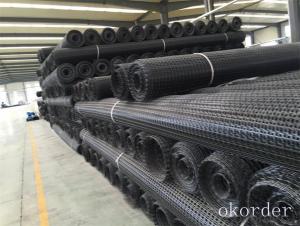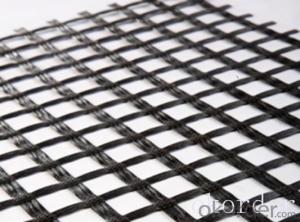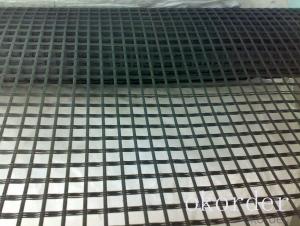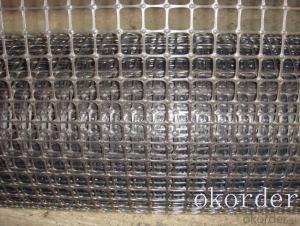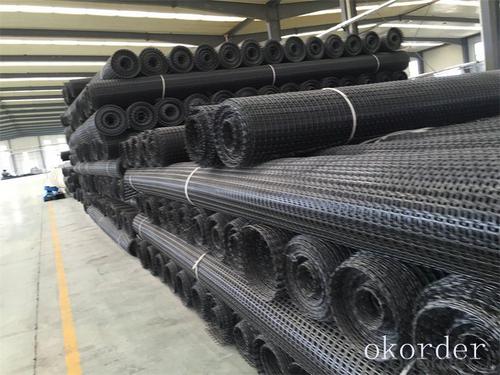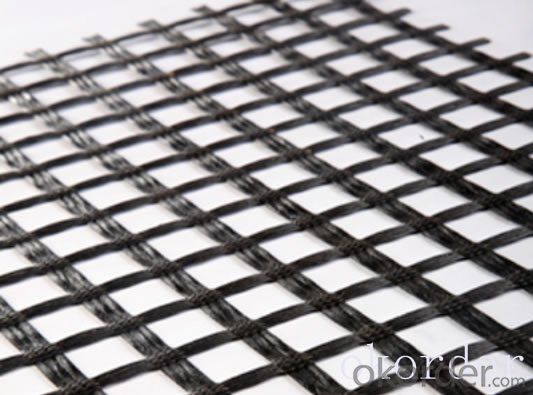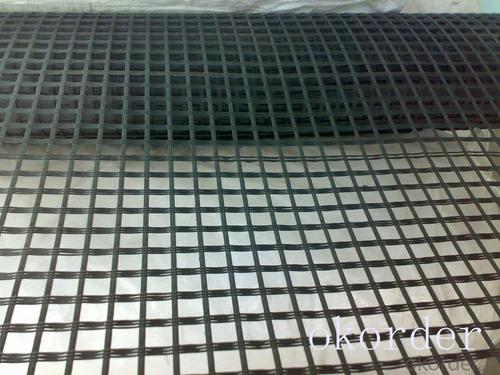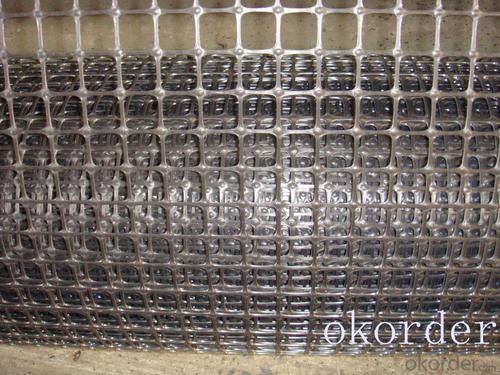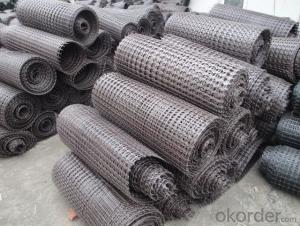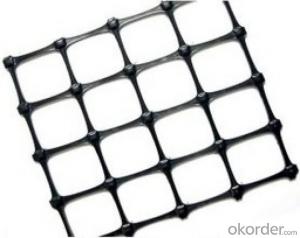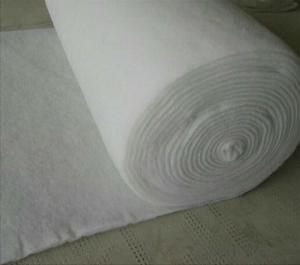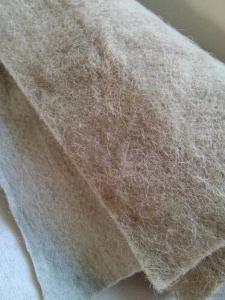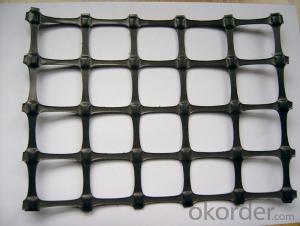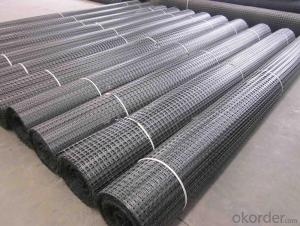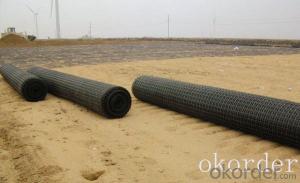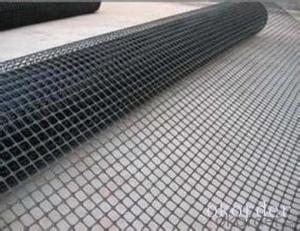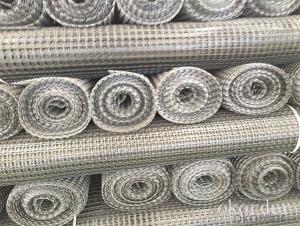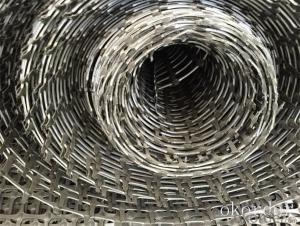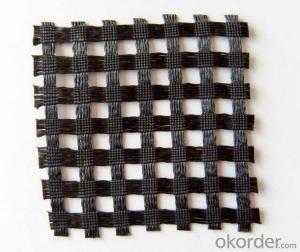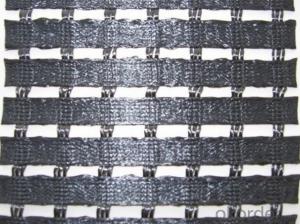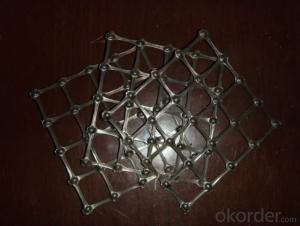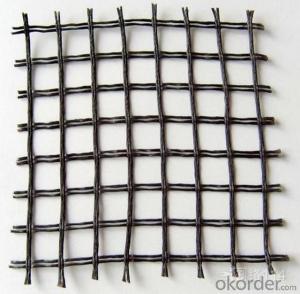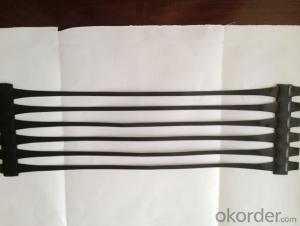Geogrids Husker PP Plastic Polypropylene Biaxial High Strength Geogrid Made in China
- Loading Port:
- China main port
- Payment Terms:
- TT OR LC
- Min Order Qty:
- 1000 m²
- Supply Capability:
- 1000000 m²/month
OKorder Service Pledge
OKorder Financial Service
You Might Also Like
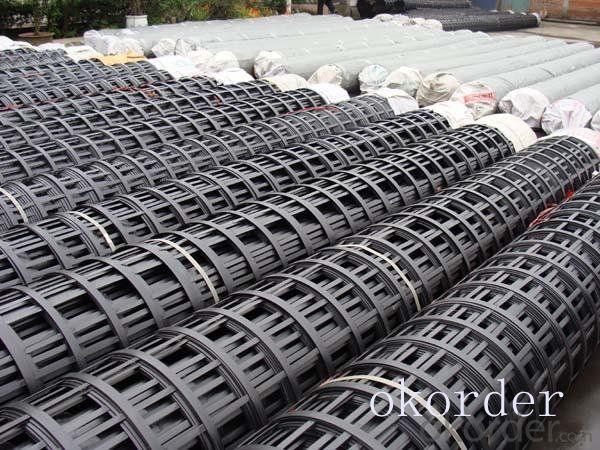
PP Plastic polypropylene geogrid biaxial
The properties of Biaxial Geogrids, made in Polypropylene (PP) with their square apertures, high tensile strength and optimised geometry of nodes and ribs make them equal to any other similar material.
The outlook of the biaxial geogrid is net work structure like a square. It uses polyester as its raw material and is made of high molecular polymer through extrusion, formed and punched before longitudinally and laterally stretched. This kind of material has a high tensile longitudinally and horizontally, which can be used to reinforce the basement.
Our Service
Quality assurance
1.On a regular basis or as per your request,we entrust national testing agencies to conduct quality inspections
2. Strictly in accordance with the ISO9001-2008 international quality system standard,we monitor and manage the whole process throughout production,quality testing,and measurement to ensure product quality
3. For quality-related construction delay or substandard construction(except for damage or losses due to customer’s responsibility or irresistible natural disasters),we have refunding,replacement,and repair services.We will respond to customers’ feedbacks on quality issues within 24 hours.
Packaging & Shipping
Packing: PLASTIC FILM INSIDE, AND WOVEN BAG OUTSIDE
Shipping: About 15 days after receipt the deposit
FAQ:
Q: What kind of payments does jenor support?
A: T/T, L/C, Cash are accepted.
Q: Do you charge for the samples?
A: Accordeing to our company policy, the samples are free, we only charge the freight fee. And we will return the freight fee during the next order.
Q: Can you produce according to customers' design?
A: Sure, we are professional manufacturer, OEM and ODM are both welcome.
Q: Do you have other products?
A: Yes, please check the pictures:
- Q: What are the advantages of using geogrids in soil nailing applications?
- Geogrids offer several advantages in soil nailing applications. Firstly, they enhance the stability and strength of soil by acting as a reinforcement material. This helps to prevent slope failures and soil erosion. Secondly, geogrids improve the overall performance and lifespan of structures by providing a reliable method of soil stabilization. Additionally, they are cost-effective and relatively easy to install, making them a practical choice for soil nailing projects.
- Q: How do geogrids improve the load-bearing capacity of soil?
- Geogrids improve the load-bearing capacity of soil by providing reinforcement and stabilization. They create a strong interlocking system within the soil, preventing lateral movement and distributing loads more evenly. This reduces soil settlement and increases its ability to withstand heavy loads, ultimately improving the overall stability and performance of the soil.
- Q: Light material, wear resistance, chemical stability, light oxygen aging, acid and alkali resistance, suitable for different soil and desert soil conditions.
- Three dimensional mesh pad
- Q: How do geogrids help in reducing soil settlement?
- Geogrids help in reducing soil settlement by providing reinforcement to the soil structure, which helps distribute the load more evenly and prevent excessive settlement. They act as a stabilizing element by increasing the tensile strength of the soil, preventing its movement and settling.
- Q: Can geogrids be used in retaining wall facing systems?
- Yes, geogrids can be used in retaining wall facing systems. Geogrids are commonly used to reinforce and stabilize soil in retaining walls, and they can help enhance the overall strength and stability of the wall. They are typically placed within the soil layers behind the facing system to distribute the forces and prevent excessive movement or failure of the retaining wall.
- Q: The geogrid is not less than 3 meters on each side, what does it mean?
- At present, the largest width of single geogrid is 6 meters
- Q: What is the typical lifespan of geogrids?
- The typical lifespan of geogrids can vary depending on several factors such as the type of geogrid, the site conditions, and the level of maintenance. However, on average, geogrids are designed to last for approximately 20 to 50 years.
- Q: Can geogrids be used in coastal protection structures?
- Yes, geogrids can be used in coastal protection structures. Geogrids are often employed in coastal engineering projects to reinforce soil and prevent erosion. They provide stability and strength to various coastal structures such as seawalls, revetments, and breakwaters, helping to mitigate the impact of waves, tides, and currents.
- Q: What is the difference between unidirectional geogrid and two-way geogrid
- The bidirectional grid is suitable for increasing the bearing capacity of the road (ground) base, and the service life of the Yan Changlu base. TwoThe utility model relates to a bidirectional grid which is suitable for preventing the collapse of the road surface and the generation of cracks. ThreeThe utility model has the advantages of convenient operation, time saving, labor saving, short construction period and reduced maintenance cost. FourThe utility model relates to a bidirectional grid which is suitable for preventing cracks in culvert. FiveTwo way grid is used to enhance soil slope and prevent soil erosion. Six
- Q: Can geogrids be used in landfills?
- Yes, geogrids can be used in landfills. Geogrids are commonly used in landfill engineering as they provide reinforcement and stabilization to the landfill slopes and walls, preventing soil erosion and promoting the overall stability of the landfill structure.
Send your message to us
Geogrids Husker PP Plastic Polypropylene Biaxial High Strength Geogrid Made in China
- Loading Port:
- China main port
- Payment Terms:
- TT OR LC
- Min Order Qty:
- 1000 m²
- Supply Capability:
- 1000000 m²/month
OKorder Service Pledge
OKorder Financial Service
Similar products
Hot products
Hot Searches
Related keywords
